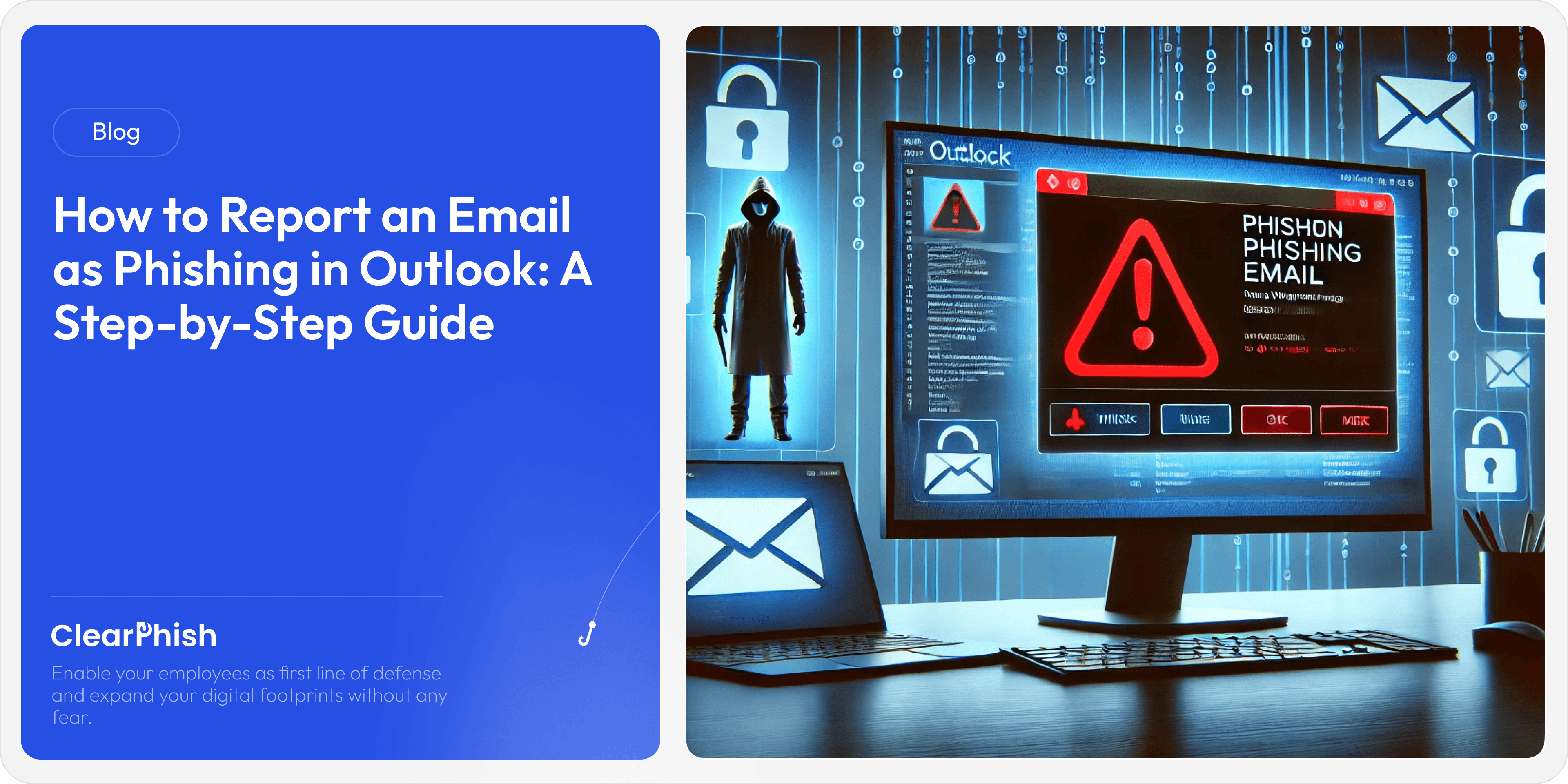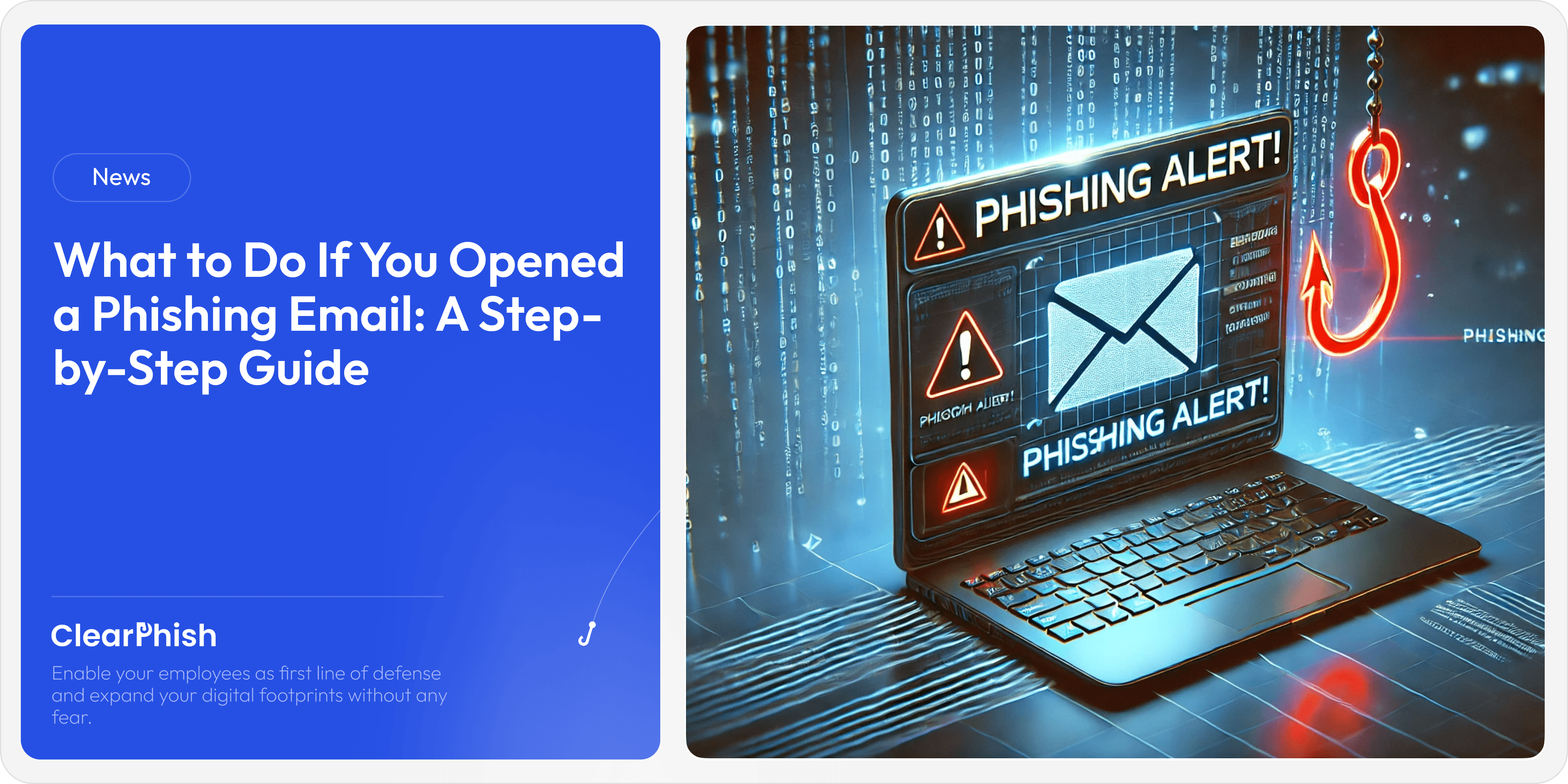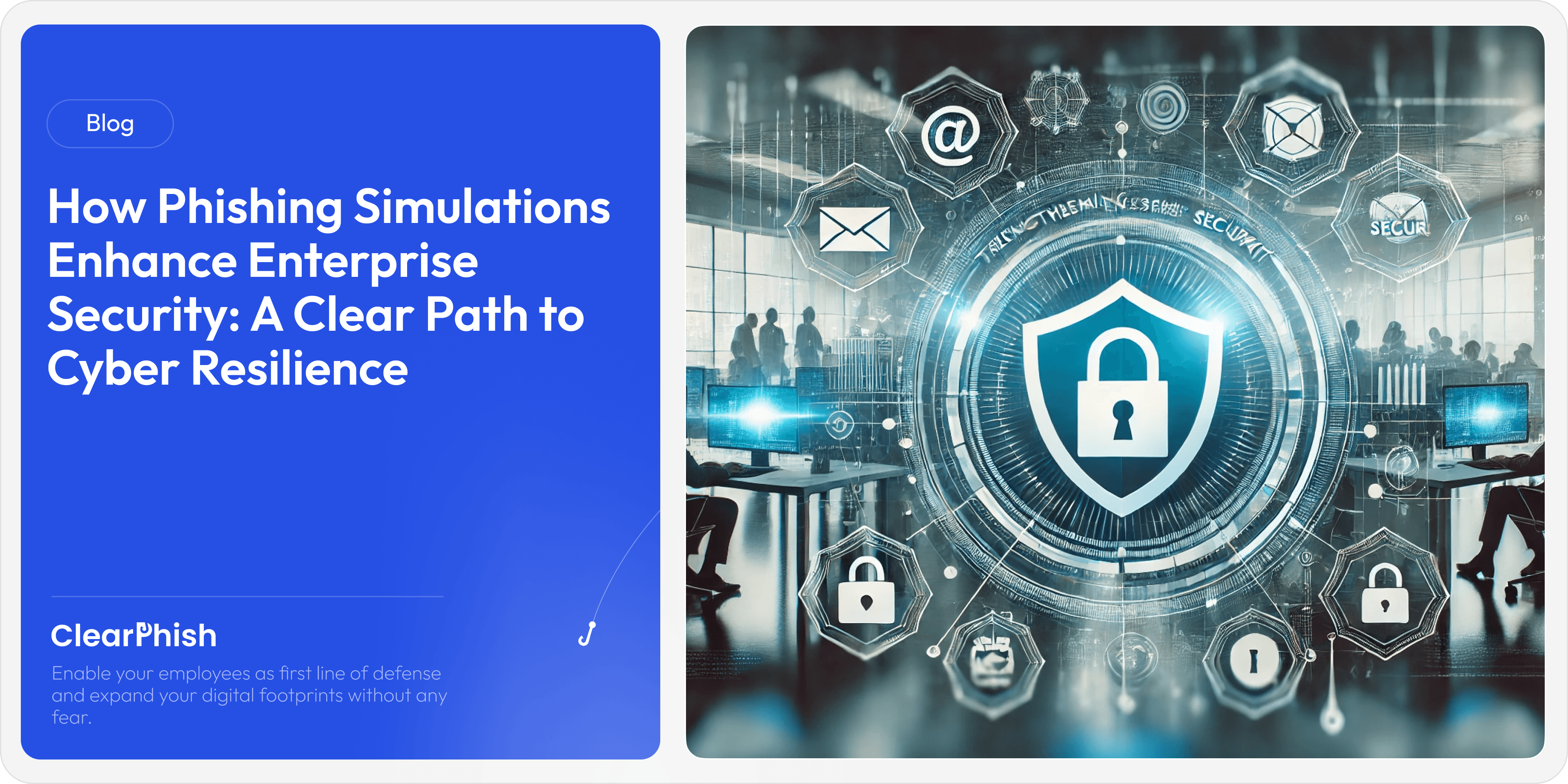The Critical Importance of Secure Communication in Military and Defense Operations
Jan 21, 2025
In today’s interconnected digital age, secure communication in military and defense sectors is not just a priority; it’s a necessity. From the battlefield to intelligence briefings, the exchange of sensitive information must be protected to maintain national security and operational success. As cyber threats grow increasingly sophisticated and the level of espionage is growing, the stakes for secure communication systems have never been higher.
This post explores the importance of secure communication in military and defense operations, highlighting real-world challenges, devastating examples of breaches, and actionable solutions for organizations to safeguard their systems.
Why Secure Communication Matters?
The Risk of Disbalance in World Geopolitics
Imagine a scenario in which critical communications regarding defense alliances or the deployment of strategic weapons are intercepted by hostile forces. Armed with insider information, these adversaries could preempt or greatly exaggerate the intended operations, prompting neighboring nations to react defensively or offensively out of fear.

This chain reaction of mistrust and miscalculation could rapidly escalate tensions and destabilize entire regions. Alliances might fracture under the pressure of contradictory intelligence, and adversarial powers could exploit the confusion to gain territorial or political advantages. In such a volatile environment, even small sparks can ignite larger conflicts, ultimately leading to a severe imbalance in global geopolitics. By maintaining secure lines of communication, militaries help prevent these dangerous misunderstandings and uphold a more stable international order.
Key Takeaway: By prioritizing robust cybersecurity measures and secure diplomatic channels, nations can mitigate the risk that sensitive information will be exploited. When these channels are protected, the likelihood of misperceptions or miscalculations leading to regional or even global conflict is significantly reduced.
The Backbone of Modern Military Strategy
Military operations rely on seamless communication to coordinate forces, gather intelligence, and execute missions. Whether it’s ground troops receiving orders or intelligence agencies sharing classified information, the integrity and confidentiality of these communications are non-negotiable. A single breach can lead to compromised missions, loss of life, and even national security threats.
Rising Cyber Threats
Adversaries are constantly evolving their tactics, leveraging cyberattacks to intercept, manipulate, or disrupt military communications. Phishing campaigns, ransomware, and Advanced Persistent Threats (APTs) are increasingly targeting defense systems.
A notable example is the 2020 breach of NATO communication systems through a targeted phishing campaign. Attackers used fake emails to compromise credentials, allowing them to infiltrate sensitive systems. While the breach was detected, it underscored the vulnerabilities that exist even within highly secured environments.
Real-World Examples of Communication Security Failures
The German Military Communication Leak:
In February 2024, a significant breach of communication security occurred when Russian intelligence services intercepted a confidential conference call among senior German Air Force officers. The discussion centered on the potential supply of Taurus cruise missiles to Ukraine and included sensitive topics such as operational scenarios in the Russia-Ukraine conflict. The intercepted 38-minute conversation was subsequently released by Margarita Simonyan, editor-in-chief of Russia's RT channel, on Telegram and VK on March 1, 2024.
The participants in the call included Lieutenant General Ingo Gerhartz, commander of the Luftwaffe, and three subordinates. They deliberated on various strategic matters, including the presence of UK and US military personnel in Ukraine and the potential use of Taurus missiles to target critical infrastructure, such as the Crimean Bridge. Notably, the conversation was conducted using standard commercial Cisco Webex video conferencing software, which lacked the robust security measures necessary for such high-level discussions.

The German government confirmed the authenticity of the recording but did not rule out the possibility of edits. Chancellor Olaf Scholz described the leak as "very serious" and initiated a swift investigation. German Defence Minister Boris Pistorius clarified that the breach resulted from an individual's operational mistake, specifically referencing one participant who joined the discussion from Singapore without adhering to secure communication protocols. Pistorius emphasized that the Bundeswehr's communication systems had not been compromised, attributing the incident to human error.
The leak had significant diplomatic repercussions. Former Russian President Dmitry Medvedev stated, "Our historic adversaries, the Germans, have once again turned into our archenemies." Kremlin spokesperson Dmitry Peskov highlighted that the Bundeswehr was discussing concrete plans for strikes on Russian territory. In response, Russia summoned Germany's ambassador to the foreign ministry.
This incident underscores the critical importance of stringent communication security protocols, especially when handling sensitive military information. The use of unsecured communication channels and lapses in protocol adherence can lead to significant security breaches, diplomatic tensions, and potential escalations in international conflicts. It serves as a cautionary tale for military and governmental organizations worldwide to prioritize secure communication practices to safeguard national security interests.
The Core Principles of Secure Communication
Secure communication in defense must adhere to the following principles:
Confidentiality: Ensuring sensitive data is accessible only to authorized personnel through military grade encryption and authentication protocols.
Integrity: Preventing tampering or alteration of messages during transmission.
Availability: Providing reliable access to communication systems in all environments, even under attack.
Non-repudiation: Verifying the authenticity of messages and preventing adversaries from forging or denying actions.
Challenges in Securing Military Communications:
The Complexity of Networks
Military networks often span terrestrial, aerial, and satellite systems, making them inherently complex. Each layer introduces unique vulnerabilities, such as unsecured satellite uplinks or misconfigured routers, that adversaries can exploit.
Insider Threats
Edward Snowden’s 2013 revelations showcased how insiders can misuse access to leak sensitive information. The consequences were immense, with classified programs exposed and diplomatic relationships strained.
Emerging Technologies
While technologies like Artificial Intelligence (AI) and Internet of Things (IoT) bring operational advantages, they also create new attack vectors. For instance, in 2019, a hacked IoT device provided attackers with entry into a military contractor’s network.
Solutions for Ensuring Secure Communication
1. Implementing Zero Trust Architecture
Zero Trust assumes no user or device is trustworthy by default, requiring strict verification and continuous monitoring. This approach minimizes the risk of unauthorized access.
2. End-to-End Encryption (E2EE)
E2EE ensures that messages are encrypted during transmission and only decipherable by intended recipients. Protocols like Signal and PGP are industry standards.
3. Advanced Phishing Defense
Phishing is a primary method for attackers to infiltrate systems. Organizations can deploy tools like ClearPhish.ai to simulate attacks, train personnel, and detect phishing attempts in real time.
4. Regular Audits and Penetration Testing
By identifying vulnerabilities through audits and simulating attacks, organizations can proactively address weaknesses before adversaries exploit them.
How ClearPhish Can Help?
What sets ClearPhish apart is our ability to deliver realistic phishing simulations and comprehensive cybersecurity awareness training, empowering organizations to identify vulnerabilities and build a culture of vigilance.
With ClearPhish, you gain the confidence that your personnel are not only equipped to recognize potential risks but also proactive in safeguarding critical communications. Choose ClearPhish to fortify your defenses and stay one step ahead of the threat landscape.
Example: Proactive Simulation
A major defense contractor recently partnered with ClearPhish to enhance their phishing defenses. Through simulated phishing attacks, the organization identified weak links and trained personnel, reducing phishing success rates by 95%.
How You Can Enhance Your Communication Security Today
Conduct Regular Security Audits: Test your systems to identify vulnerabilities.
Leverage Encryption: Ensure all communication channels are protected by end-to-end encryption.
Train Personnel: Equip your team to recognize and report phishing attempts.
Partner with Experts: Collaborate with trusted solutions like ClearPhish to strengthen your security posture.
Conclusion
Secure communication is not just a technical challenge—it’s a mission-critical necessity in military and defense operations. By implementing advanced security measures and partnering with trusted experts like ClearPhish, defense organizations can protect their operations, personnel, and national interests.






